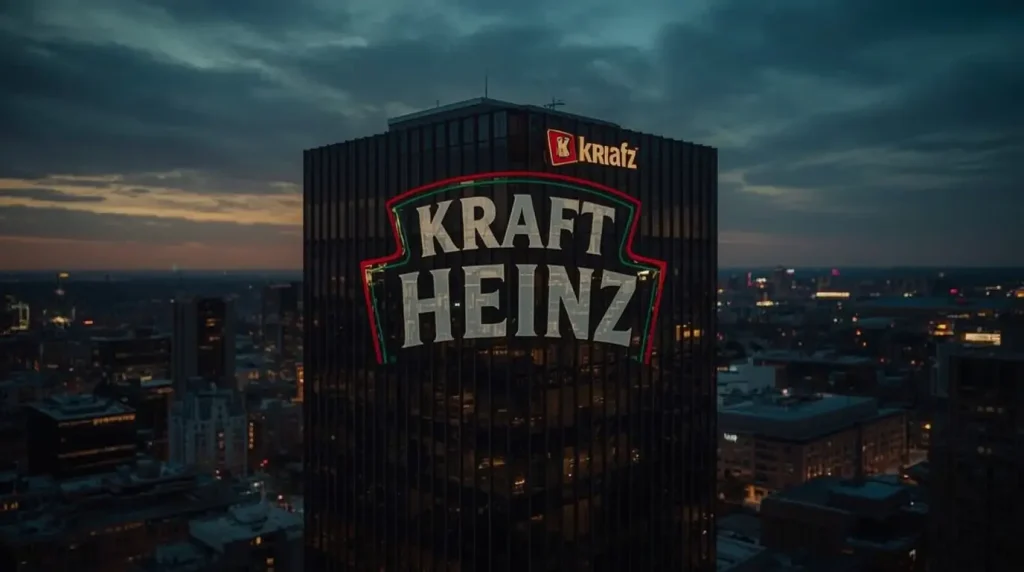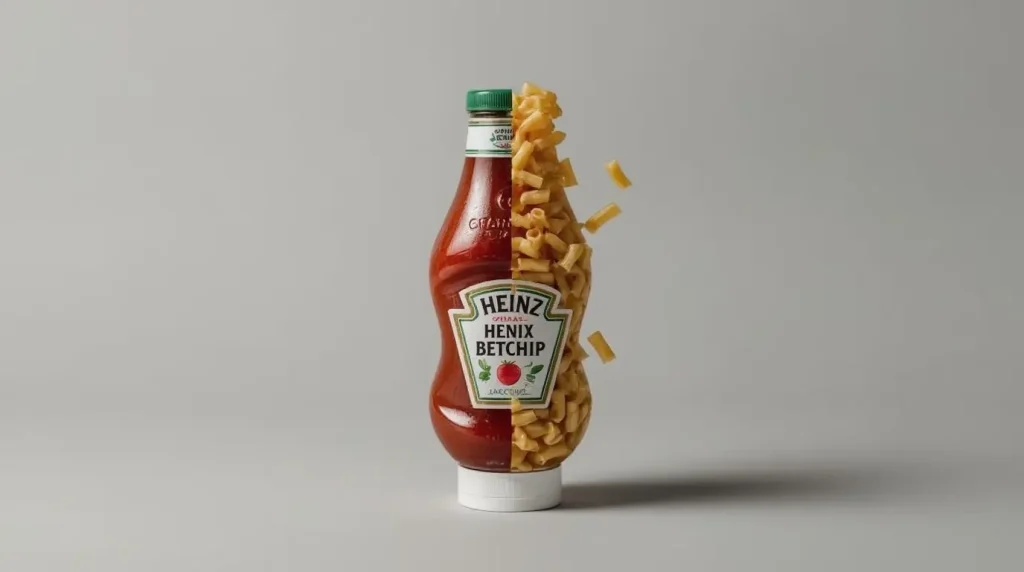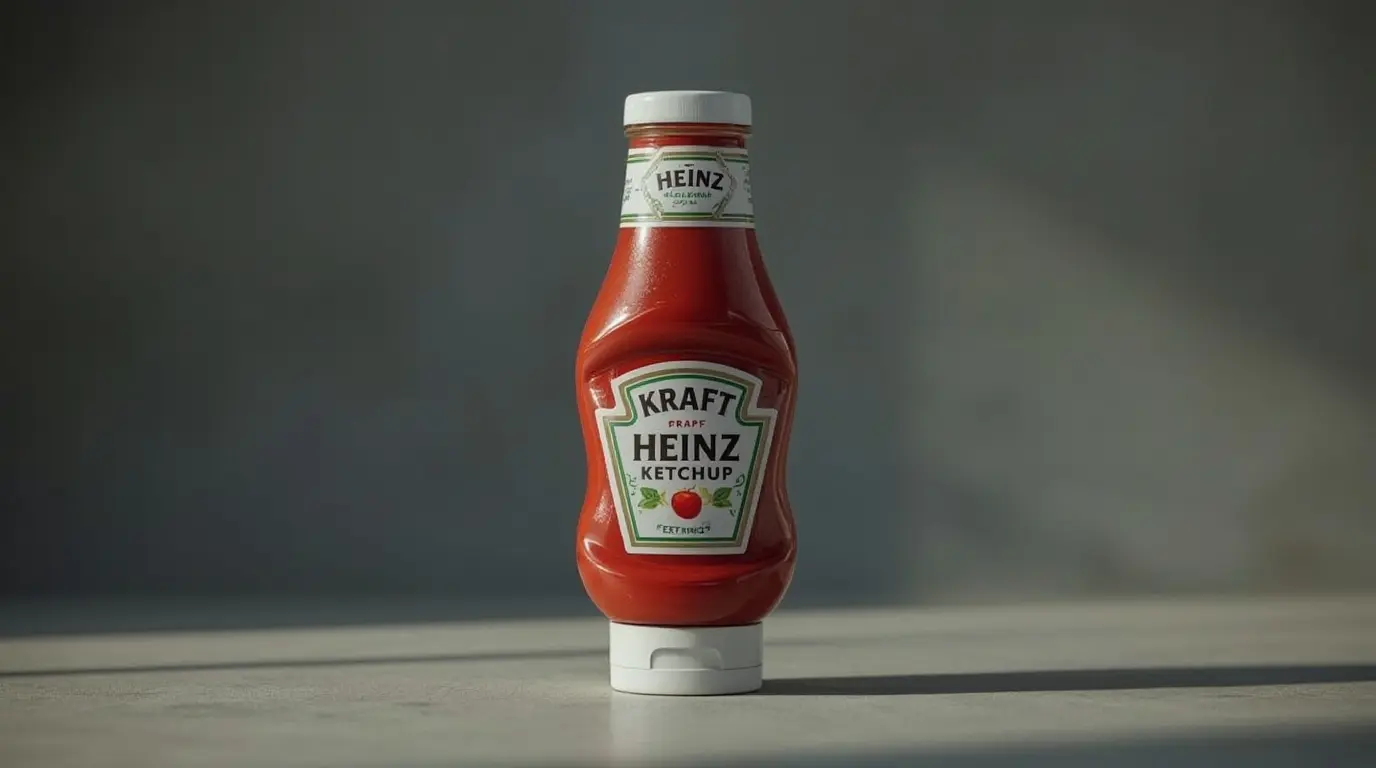Introduction
In a shocking turn of events, Kraft Heinz has revealed plans to break away from its 2015 mega-merger and become two separate, publicly traded companies. This announcement came on September 2, 2025, putting an end to a bold 10-year journey to build a food-and-drink giant under one roof. The split is a clear signal that Kraft Heinz is rewriting its playbook after facing falling sales, changed eating habits, and a steep slide in its stock price. This post explains why the breakup is happening, how the new companies will be set up, and what it means for iconic food brands like Heinz Ketchup , Oscar Mayer, and Philadelphia Cream Cheese.
The Rise and Fall of the Kraft Heinz Merger
A Vision of Scale
Back in 2015, Buffett and 3G Capital stitched Kraft Foods and H.J. Heinz into one giant, hoping to flex new muscle in the $28 billion food world. The merger made it the fifth-largest food and drink powerhouse overnight. The pitch was simple: combine factories, trucks, and ads, chop the costs, and rake in cash. For a while, Wall Street celebrated it as the deal of the decade. Yet inside the boardroom, the wheels were squeaking. Critics warned that laser focus on slashing expenses was freezing the creative team, leaving the giants unable to chase ever-evolving grocery aisle trends.
Challenges and Missteps
Kraft Heinz faced a list of headaches:
- Shifting Consumer Preferences: People stopped loving neon cheese and neon tubes of meat. Fresh, clean-label meals began to fly, leaving Lunchables and Kraft Singles in the dusty corner of the fridge.
- Private Label Competition: Generic brands, like Walmart’s Great Value, kept whispering the same recipe for less. Each new label on the shelf was a fresh chip into Kraft Heinz’s cherished market share.
- Leadership and Innovation Gaps: The bosses kept saying, “Save, save, save.” Instead of pushing for glittering new products, the team watched old stars dim. 2019 brought the crashing news: a $15 billion write-down, with notables like Oscar Mayer and Kraft leading the bye-bye list.
By 2025, Kraft Heinz’s share price had dropped almost 70% since the merger, pushing management to carry out a strategic review that ended with the choice to split.
The Split: Two New Companies, Two Focused Plans

Global Taste Elevation Co.
This new company will chase fast-growing markets in sauces, condiments, and shelf-stable meals. Brands like Heinz Ketchup, Philadelphia Cream Cheese, and Kraft Mac & Cheese helped it pull in about $15.4 billion in sales in 2024. The plan emphasizes worldwide reach, especially in emerging countries and the “away-from-home” channel, which includes restaurants and event venues.
North American Grocery Co.
This company will manage slower-growing staples like Oscar Mayer, Kraft Singles, Lunchables, and Capri Sun. With $10.4 billion in 2024 sales, it will work to steady its North American business through better efficiency and niche growth. CEO Carlos Abrams-Rivera will head this business.
Strategic Reasons Behind the Split
The company believes separating the two businesses will:
Cut Complexity: Overseeing 56 product lines in one organization proved too complicated.
Sharpen Focus: Each company can invest where it matters most.
Boost Value for Shareholders: The split is expected to save costs and improve profit margins.
Industry Context: The Conglomerate Breakup Trend
Kraft Heinz isn’t the only food giant choosing to divide itself. More companies are breaking apart to chase sharper market advantages:
- Kellogg Company lopped off its plant-based unit in 2023, a move quickly followed by sales to major rivals.
- Keurig Dr Pepper plans to unbundle its coffee and soft-drink divisions in late August 2025, a step executives argue will clarify brand focus.
- Warner Bros. Discovery and Comcast recently spun off content and distribution to clear managerial clutter and protect shareholder value.
This wave signals a growing view that corporations cannot coast on sheer size. Professor Melissa Schilling of NYU Stern puts it bluntly: “Some assume that bigger is always superior. This over-reliance on scale ignores how size actually adds value in specific ways, not automatically.”
Challenges and Opportunities Ahead
Consumer Trends and Health Concerns
Kraft Heinz is already countering health scrutiny by quietly reformulating legacy goods—Capri Sun quietly dropped excess sugar, while Kraft Mac & Cheese is ditching certain artificial colors. Yet the core profile of processed food still hampers rapid change. The corporate carve-out may enable the North American Grocery division to chase lighter, fresher formulations or forge healthier partnerships, as the company did with NotCo to create dairy-free Kraft products.
Investor Reaction
After the split was announced, Wall Street played it safe, and shares dropped 7% on September 2, 2025. Warren Buffett, a long-time observer whose Berkshire Hathaway owns 27% of the company, noted, “Combining the businesses was not a masterstroke, and I doubt splitting will change the underlying picture.”
Employee and Operational Impacts
Kraft Heinz aims to finish the separation by late 2026, a complex process that will force the two firms to untangle factories, distribution networks, and brands. The company has promised support for its 36,000 workers through retraining and relocation options, yet job security for many remains shaky.
The Path Forward: Innovation and Adaptation

Marketing and Partnerships
Even with the split looming, management keeps pushing forward. Recent moves include a tie-up with Live Nation that places Heinz condiments and Kraft Mac & Cheese on the menus of concert venues. The company has also revived the past with gimmicky campaigns, like serving Velveeta in a martini glass and pushing Oscar Mayer “cold dog” popsicles at stores.
Revenue Growth Management (RGM)
Behind the scenes, Kraft Heinz has beefed up its analytics team, employing cloud platforms and AI to refine promotions. The tools, centered on demand forecasting and inventory tracking, helped boost promotional ROI by 5% since 2019, the company reports.
Conclusion: A Brave Bet on Laser Focus
Kraft Heinz’s decision to break apart isn’t just another boardroom shuffle; it’s a public acknowledgment that the celebrated 2015 merger missed its own lofty goals. By peeling back to two streamlined entities, the company hopes to kick-start growth in an industry that now rewards nimble, creative responses more than bulk. Yes, hurdles still dot the path, but yanking iconic labels away from the weight of bureaucratic inertia might let them crest the market wave on their own. Eyes of consumers and shareholders alike are trained on this unraveling, making the Kraft Heinz story a fresh reminder that epic size isn’t always the winning ticket—being adaptable still takes the prize.

Source: https://edition.cnn.com/2025/09/03/business/kraft-heinz-nightcap
For more incredible stories of everyday news, return to our homepage.




